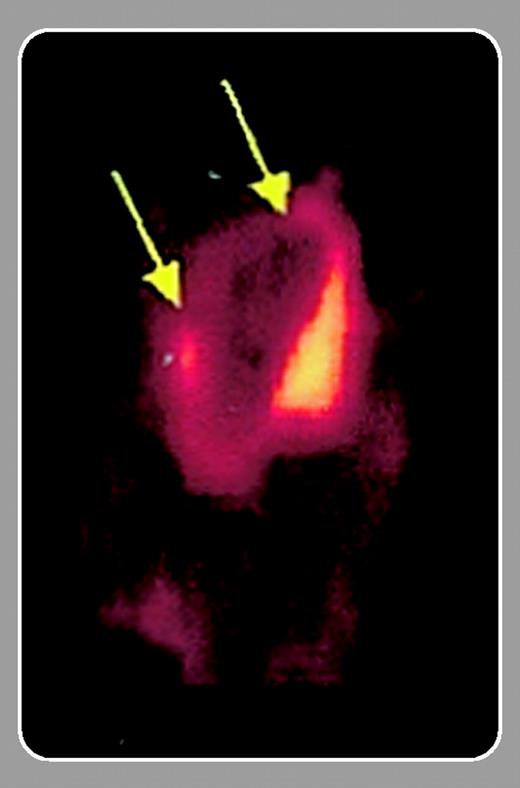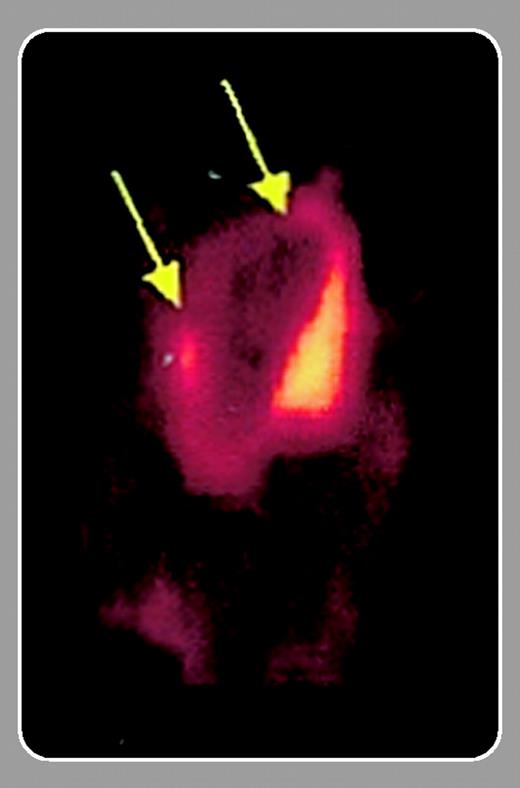A series of recent investigations has fueled the controversy on stem cell plasticity or transdifferentiation. According to this hypothesis, bone marrow stem cells (BMSCs) can be tricked to differentiate into cells of regenerating organs, such as the liver and gastrointestinal tract, or even the “terminally differentiated” organs, the brain and heart. There have been numerous high-impact papers since 1998 that document the apparent capacity of BMSCs to transdifferentiate, but cell fusion studies have provided an alternative explanation for claims that BMSCs can be induced to generate cell types outside the developmental boundaries established decades ago.
Considerable data documenting stem cell transdifferentiation have come from studies on tissue regeneration in mice. The principle conditions that seem to be required are injury, often in response to ischemia, and availability of large numbers of stem cells during a narrow time window. In this issue, Norol and colleagues (page 4361) report on their effort to achieve myocardial regeneration in a baboon model in which they induced a myocardial infarction by ligating the circumflex coronary artery. The occlusion-induced ischemia was either preceded or followed by cytokine therapy with granulocyte colony-stimulating factor (G-CSF) and stem cell factor (SCF) in an effort to mobilize BMSCs. The authors observed a relative increase in myocardial blood flow in the zone of infarction compared with healthy myocardium. Thus the G-CSF/SCF protocol appeared to mobilize endothelial progenitor cells, leading to neovascularization. However, myocyte regeneration did not occur, and there was no detectable improvement in cardiac function. In a similar study using rhesus macaques, we also were unable to detect any improvement in hemo-dynamic function.1
A number of questions arise from this study. Does G-CSF/SCF therapy mobilize the same BMSC populations in baboons as in mice? Is the small volume of infarcted myocardium in this large-animal model inadequate to generate the environmental conditions required for cell-cell signaling? In nonsplenectomized baboons, are some mobilized BMSC populations sequestered from the circulation? Finally, is the small number of animals in this primate study a factor limiting the detection of significant regeneration and/or functional improvement?
The modest changes observed by Norol and colleagues reinforce the concept that stem cell therapies for nonhematopoietic disorders are still in an early stage of discovery. It is sobering to realize that the enthusiasm following the initial positive results on stem cell plasticity in mice may be difficult to reproduce in animals with direct reference to human therapies. This is reminiscent of the major species differences observed in the efficiency of retroviral transduction between mouse and monkey hematopoietic stem cells.
A more complete understanding of the potential for BMSC transdifferentiation into myocardium will require novel approaches to extend the data obtained to date using direct injections of BMSCs or cytokine mobilization of BMSCs. It will be important to identify a BMSC population capable of myocyte regeneration, to define the homing signals involved, and to establish the onset of their release.2 Also, it will be necessary to clarify the pattern of gene expression in both the injured heart cells and the reparative bone marrow cells. Answers to these questions may eventually enable clinicians, already engaged in trials,3-5 to achieve a better outcome in their efforts to restore functional myocardium in diseased hearts.



